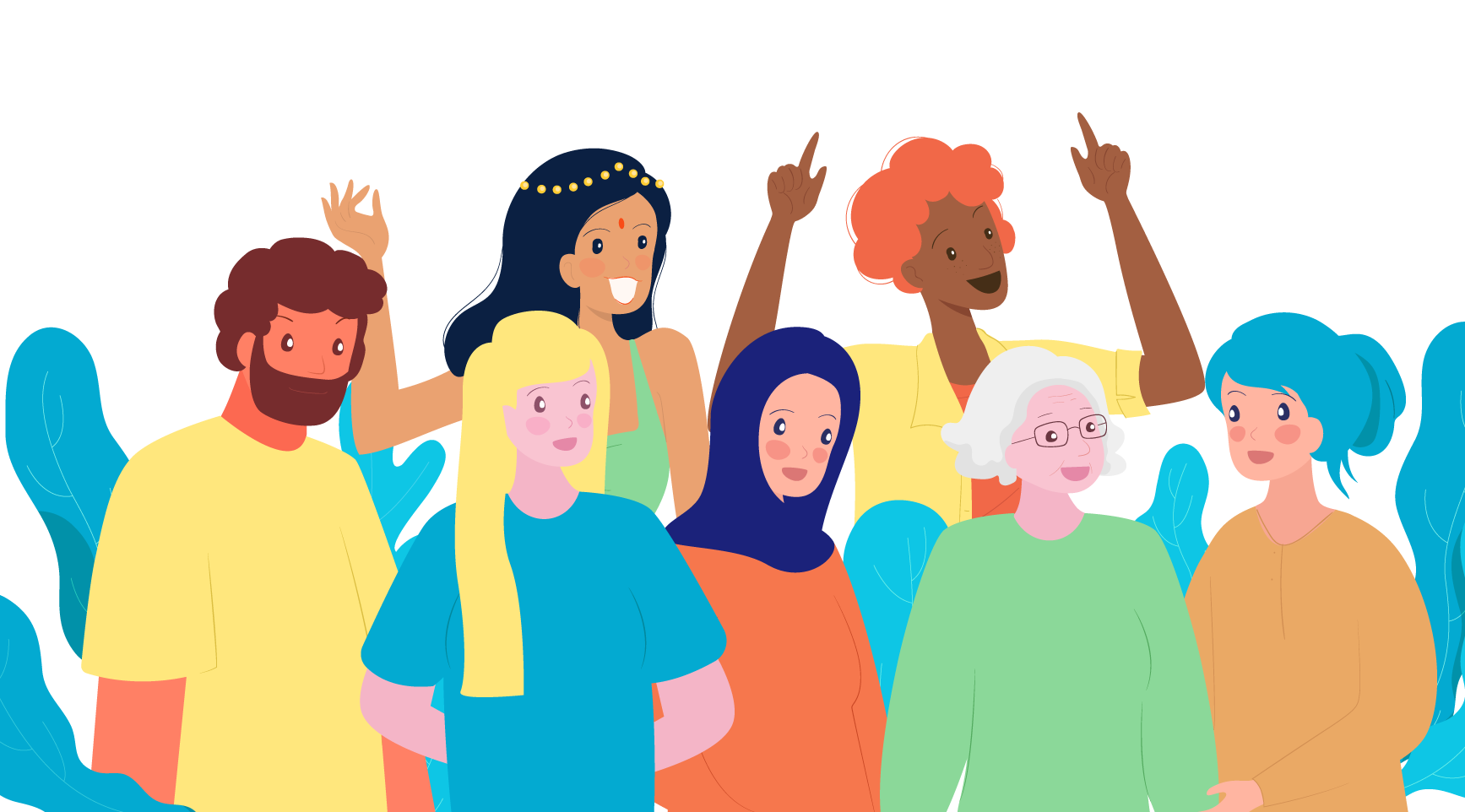Cultural
Related Articles: Cultural
- Best Coastal Drives
- Ice Cave Exploration
- Best RV Road Trip Routes
- Snorkeling Paradise Spots
- Authentic Farm-to-table Experiences
Introduction
In this auspicious occasion, we are delighted to delve into the intriguing topic related to Cultural. Let’s weave interesting information and offer fresh perspectives to the readers.
Here’s an article about culture, aiming for around 1600 words and a unique, engaging style. It will explore culture’s multifaceted nature, moving beyond simple definitions to delve into its complexities and impact.

The Elusive Chameleon: Understanding Culture’s Shifting Sands
Culture. The word itself feels weighty, a vast and often misunderstood concept that attempts to encapsulate the totality of human experience within a specific group. It’s a chameleon, shifting its colors and patterns depending on the observer and the context. While often defined as the shared beliefs, values, customs, behaviors, and artifacts of a group, this simplistic definition fails to capture the dynamism, internal contradictions, and profound influence culture wields over our individual lives and the collective human experience.
Forget static definitions; culture is a living, breathing entity, constantly evolving and adapting. It’s not a monolithic block but rather a vibrant tapestry woven from countless threads – traditions, languages, art forms, social structures, religious beliefs, political systems, and even the seemingly mundane aspects of daily life. These threads intertwine, sometimes harmoniously, sometimes in stark contrast, creating a unique and often complex cultural landscape.
Consider the concept of "national culture." While convenient for categorization, it often masks significant internal diversity. A nation-state might boast a single dominant culture, yet within its borders, countless subcultures thrive, each with its distinct customs, dialects, and perspectives. These subcultures, often defined by ethnicity, religion, region, or socioeconomic status, challenge the notion of a unified national identity, revealing the intricate layers beneath the surface.
The influence of globalization further complicates the picture. The increasing interconnectedness of the world has led to a fascinating exchange of cultural ideas and practices, resulting in both hybridization and homogenization. While global trends can lead to cultural convergence, often resulting in the adoption of similar consumer habits and technological advancements, this process rarely leads to a complete erasure of local traditions. Instead, we see a fascinating interplay between global and local forces, creating hybrid cultural forms that reflect the unique circumstances of each community.
Think of the fusion cuisine that has emerged in global cities, blending culinary traditions from diverse cultures. Or consider the impact of global music trends on local musical styles, resulting in a rich tapestry of sounds that reflects both global influences and local distinctiveness. This cultural exchange is not always harmonious, however. The dominance of certain cultures can lead to the marginalization or even suppression of others, raising ethical concerns about cultural imperialism and the preservation of cultural diversity.
Culture’s impact on individual lives is profound and multifaceted. From the moment we are born, we are immersed in a cultural context that shapes our perceptions, values, and behaviors. Our language, our family structures, our educational systems, and our social interactions all contribute to the formation of our individual identities. Culture dictates the unspoken rules that govern our daily lives, influencing everything from our communication styles to our approaches to conflict resolution. It determines how we express emotions, how we form relationships, and even how we perceive the world around us.
This cultural conditioning, while often unconscious, profoundly shapes our understanding of ourselves and others. It can lead to biases and prejudices, influencing our judgments and interactions with people from different cultural backgrounds. Recognizing the role of culture in shaping our perspectives is crucial for fostering cross-cultural understanding and empathy. It allows us to appreciate the richness and diversity of human experience, while also challenging our own assumptions and biases.
Culture is not just a passive influence; it is also a powerful force for social change. Cultural movements, both large and small, have the power to challenge existing social structures, promote social justice, and inspire collective action. From the civil rights movement to the feminist movement, cultural shifts have driven significant social transformations. These movements often leverage cultural symbols, narratives, and artistic expressions to mobilize support and inspire change.
The arts play a pivotal role in reflecting and shaping culture. Literature, music, visual arts, and performing arts serve as powerful vehicles for expressing cultural values, beliefs, and experiences. They can challenge societal norms, raise awareness of social issues, and provide a platform for marginalized voices. Through art, cultures communicate their stories, preserve their traditions, and transmit their values across generations.

Understanding culture is not simply an academic pursuit; it is essential for navigating an increasingly interconnected and diverse world. It is crucial for building bridges between cultures, fostering empathy and understanding, and resolving conflicts. It is also essential for promoting social justice and ensuring that all cultures are respected and valued. In an era of globalization, the preservation of cultural diversity is not simply a matter of aesthetics; it is a matter of social and ethical responsibility.
The study of culture is a journey of discovery, a constant exploration of the human experience in all its complexity and richness. It is a journey that requires humility, empathy, and a willingness to challenge our own assumptions and biases. It is a journey that rewards us with a deeper understanding of ourselves, our communities, and the world around us. As we navigate the ever-shifting sands of culture, let us approach this elusive chameleon with curiosity, respect, and a commitment to understanding its profound and multifaceted influence on our lives. Only then can we truly appreciate the vibrant tapestry of human experience and build a more just and equitable world.
This expanded article delves deeper into various aspects of culture, exploring its complexities and its impact on individuals and society. It encourages critical thinking and promotes a deeper understanding of this vital aspect of the human experience. Remember that this is just a starting point; you can further enrich this article by adding specific examples of cultural practices, artistic expressions, social movements, and historical events to illustrate the points made.



[P32]
[P33]
[P34]
Closure
Thus, we hope this article has provided valuable insights into Cultural. We appreciate your attention to our article. See you in our next article!